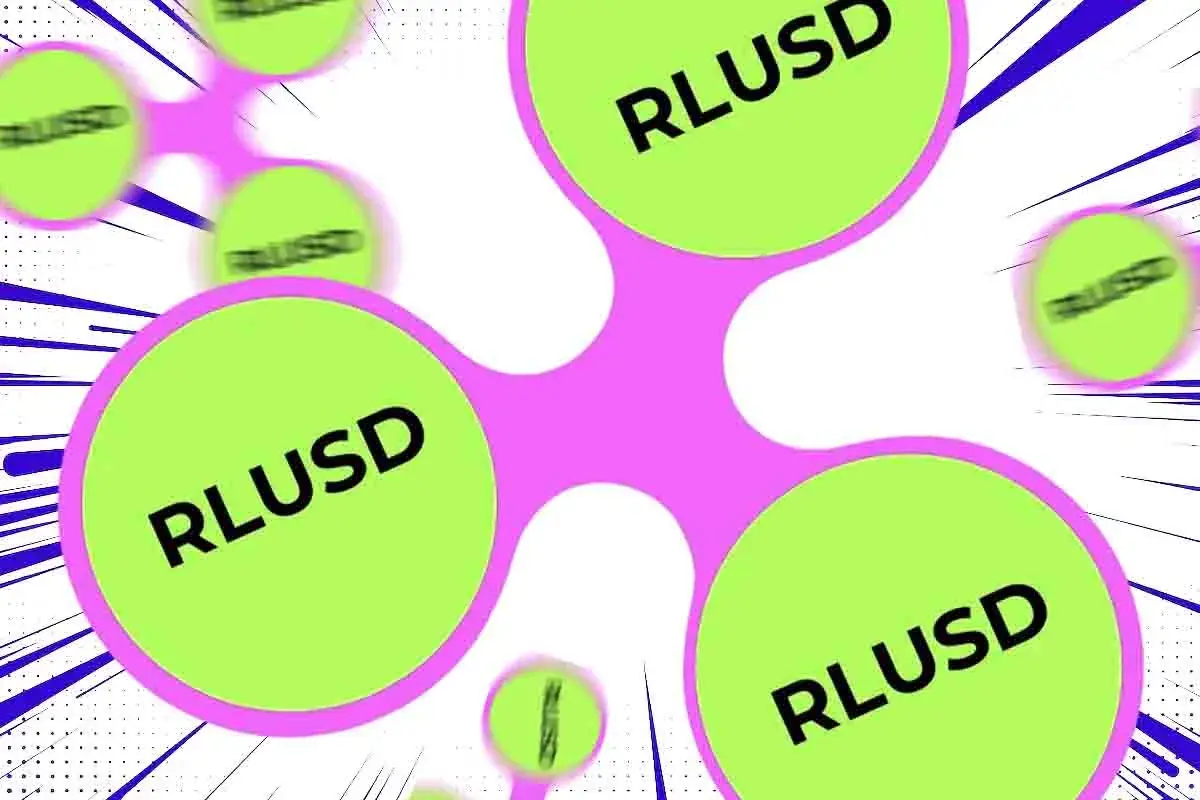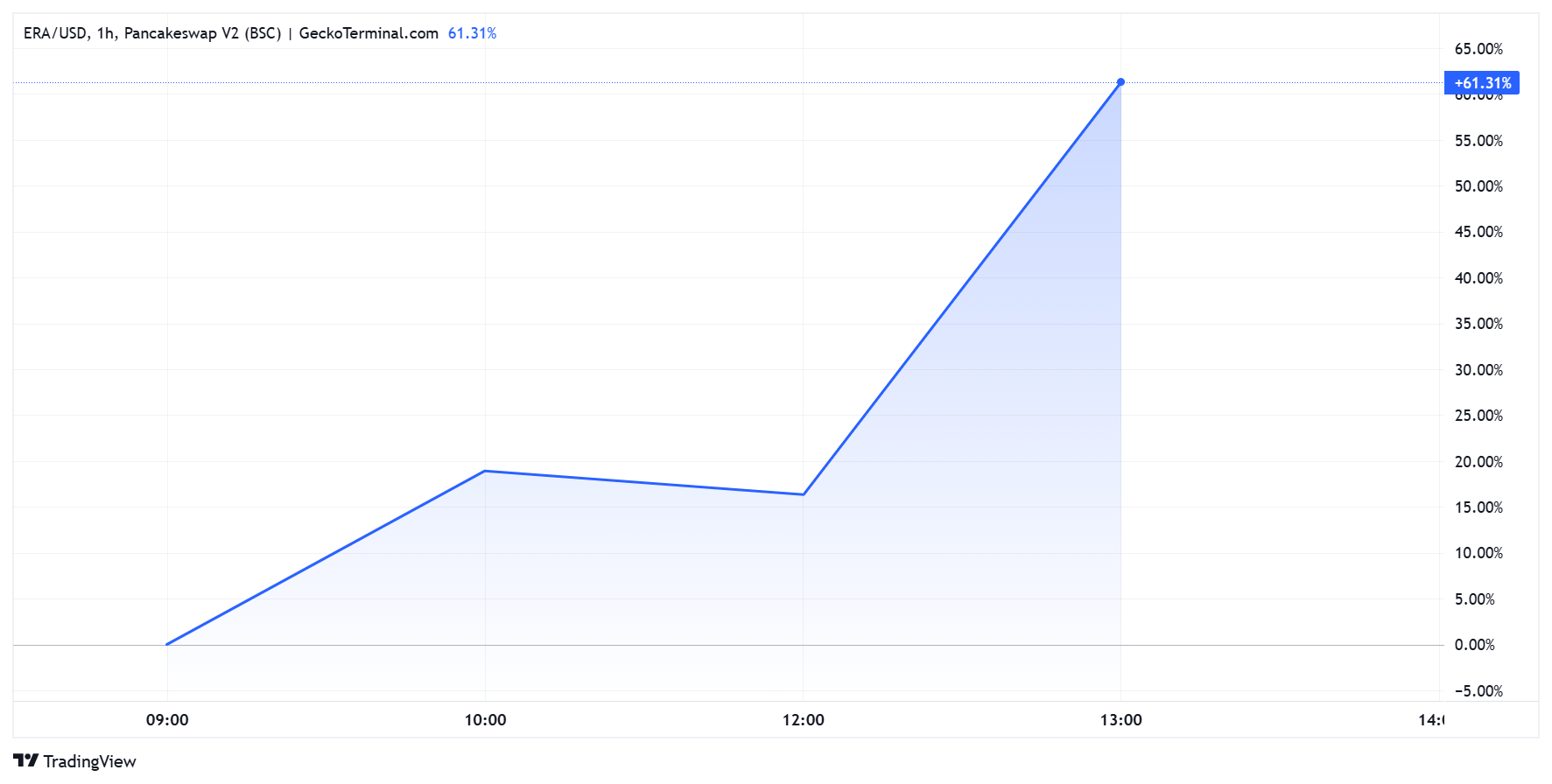
Ripple’s USD-backed stablecoin, RLUSD, has seen a sudden pause in its minting activity. According to data released by the Ripple Stablecoin Tracker, the last batch of the stablecoin was minted on April 25, followed by an unexpected silence for almost a week.
Why Ripple Pauses RLUSD Minting?
Significantly, Ripple appears to have temporarily halted RLUSD stablecoin minting, with no new coins created over the past week. As per the Stablecoin Tracker data, the crypto firm last minted the stablecoin on April 25 in three batches: two with 11,500,000 tokens each and one with 15,000,000 tokens.
Following the activity, the platform paused its RLUSD minting, with the Stablecoin Tracker remaining silent with no data. This indicates that the crypto platform has minted zero stablecoin over the past week while RLUSD surpassed $300 million.
Ripple’s recent pause in RLUSD minting isn’t unprecedented, as the company has taken regular breaks over the past two months, gradually injecting new coins into circulation. This measured approach has seen RLUSD’s market capitalization grow to $316.88 million, ranking 217th.
Ripple Stablecoin Thrives Despite Regular Minting Pauses
Since its launch, RLUSD has been exhibiting notable growth with its unique utilities. Initially, the stablecoin was designed as a “golden standard” for enterprise use, targeting businesses as its primary users. However, the platform later decided to expand its use cases. Recently, Ripple integrated the stablecoin into Ripple Payment, unveiling a new utility push.
Moreover, RLUSD’s usage has diversified, serving as collateral on DeFi platforms and centralized finance applications, and facilitating donations for nonprofit organizations. It’s also listed on major crypto exchanges such as Kraken, LMAX Digital, Bitstamp, Bullish, and Zero Hash, enabling trading and purchasing.
The current minting pause comes amid increasing discussions over Ripple’s possible acquisition of stablecoin issuer Circle.
The post No New RLUSD Minted This Week — What’s Behind the Pause? appeared first on CoinGape.





